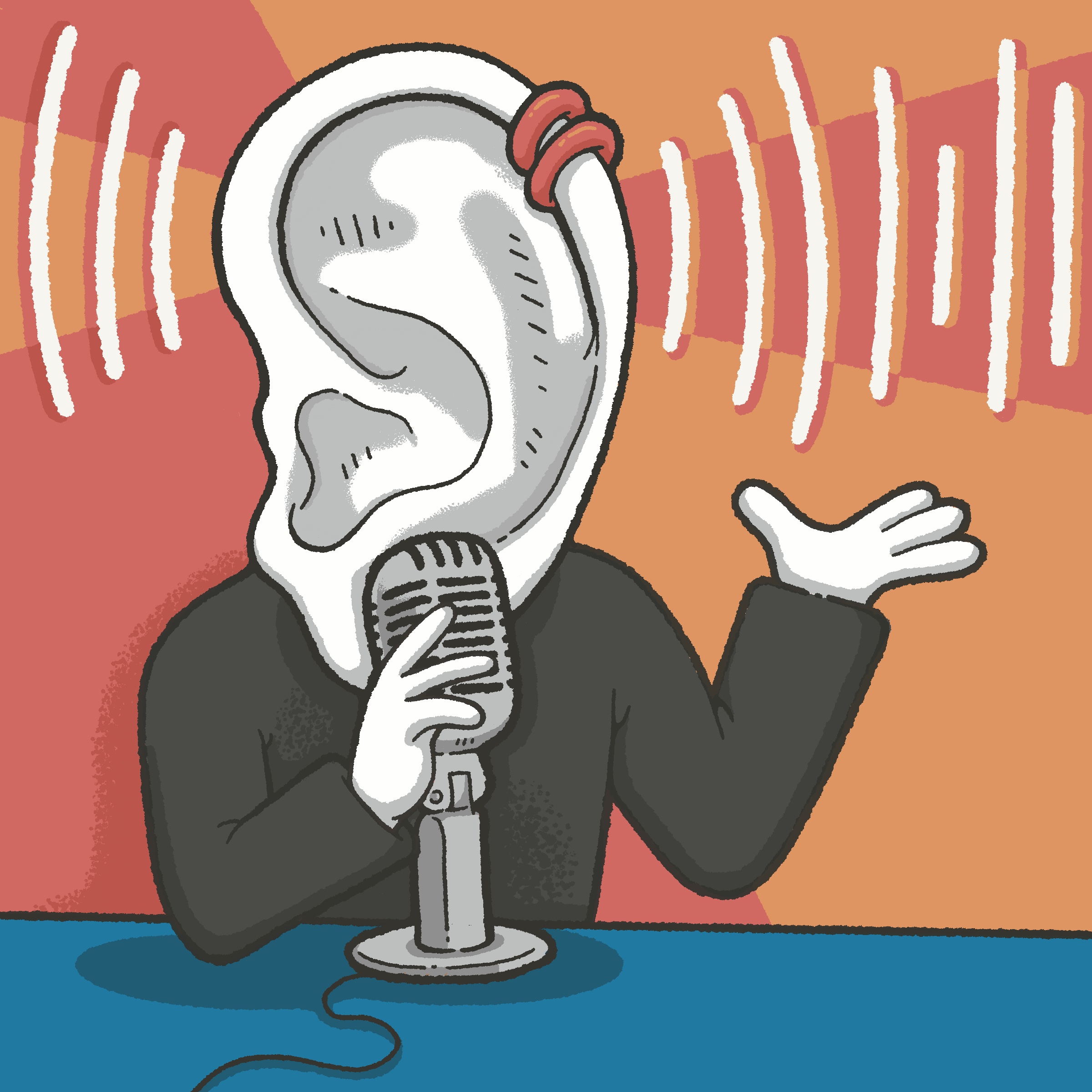
A familiar format has made a surprising comeback to digital media: audio advertising. Once found only on traditional radio, audio ads have built a new life for themselves in the digital age, riding the wave of streaming services and podcasts. At Quinlan, we’re excited about the opportunities this resurgence presents for brands looking to connect with audiences in new and innovative ways.
The Streaming Revolution
The rise of music and podcast streaming platforms like Spotify, Apple Music, and Pandora has created a huge playground for audio advertisers. These services offer targeted advertising opportunities that traditional radio could only dream of, allowing brands to reach specific demographics based on their listening habits, age, location, and more.
Streaming by the Numbers
- In the third quarter of 2023, the number of music streaming subscribers worldwide amounted to 713 million
- Music streaming makes up 84% of music industry revenue
- There are 90 million paid music streaming subscribers in the US
These numbers highlight the immense potential for brands to reach engaged audiences through audio ads on one or more streaming platforms.
The Podcast Boom
Podcasts have exploded in popularity in recent years, with millions of listeners streaming their favorite shows daily or weekly. This captive audience presents a golden opportunity to advertisers, and folks in the industry are taking notice. US podcast advertising is forecasted to reach nearly $4 billion in 2025. Audio ads, often read by the podcast hosts themselves, benefit from the trust and rapport that exists between podcasters and their listeners, leading to higher engagement rates. Don’t believe us? According to a recent study by Acast, 97% of frequent podcast listeners in the US report taking action after listening to a podcast ad, and 82% agree that listening to ads is a good way to show support to their favorite podcasters.
Why Audio Ads Work in the Digital Age
- Multitasking-friendly: Audio ads can reach consumers when visual ads can’t – during commutes, workouts, or household chores. 93% of people listen to podcasts alone and, most commonly, when they’re also busy working or studying
- Personalization: Advanced targeting capabilities allow for more relevant, personalized ad experiences
- Emotional Connection: The human voice can convey emotion and is more persuasive than text
- Less Competition: With fewer ads per break compared to traditional radio, each ad has a better chance of standing out
- Cost-Effective: Producing audio ads is generally less expensive than creating video content, making it an attractive option for brands with smaller budgets
What Makes an Effective Audio Ad?
- Conciseness: Aim for 15-30 second spots to maintain your listener’s attention
- Clear calls-to-action: Use direct language to steer your audience
- Leveraging sound design: Consider using music and sound effects to enhance the ad’s impact
- Brand consistency: Ensure your audio ads align with your overall brand voice and its messaging
- Testing: Be willing to experiment with different ad formats, voices, and scripts to find what resonates best with your audience
The Future of Audio Advertising
As voice-activated devices become more prevalent in homes and cars, the potential for audio advertising will only grow. Smart speakers and voice assistants open up new avenues for interactive audio ads, allowing for immediate responses and actions.
Ready to make some noise? Let’s talk about how audio advertising can amplify your message in the streaming era. Contact the folks at Quinlan here.